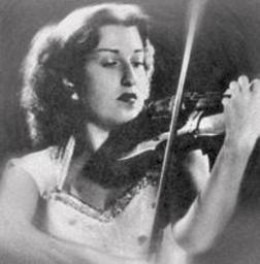
Credit: http://usercontent2.hubimg.com/
Ms. Haendel has had an extraordinary career spanning over seven decades. She performed regularly as soloist with legendary maestros including Zubin Mehta (Israel Philharmonic Orchestra), Paavo Berglund (Finnish Radio Orchestra), Gennadi Rozhdestvensky (London Symphony Orchestra), Charles Dutoit (Montreal Symphony Orchestra) and the Romanian conductor Sergiu Celibidache, a relationship that thrived for thirty-five years.
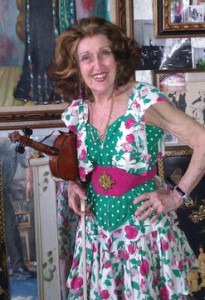
Credit: http://photos4.meetupstatic.com/
Ida’s father recognized her astonishing gifts. The family moved from Chelm in eastern Poland to a one-room flat in Warsaw. When Ida performed the Beethoven concerto and won a competition, earning enough money to study abroad, her father sought the best teachers in Paris, Switzerland and London. Ida never attended school. For many years no one realized that she could not read, not even music.
Ida Haendel: Voyage of Music Program 1 (2)
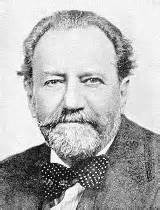
Sir Henry Wood
As a young child she won the Hubermann competition in 1933 and at age 10 she played Beethoven Concerto with Raphael Kubalik. Then Sir Thomas Beecham, one of the greatest British conductors, engaged the prodigy to appear as soloist in a Mozart Concerto. When he saw her he spewed, “Oh my God. The next thing I’m going to conduct babes in arms…”
Brahms Violin Concerto
Ms. Haendel continued her studies with Carl Flesch and the great Rumanian composer and violinist Enescu. Her London debut was in 1937 with Sir Henry Wood, the founder of London’s famous summer festival the Proms performing the Beethoven Concerto and Brahms Concerto three times. Then Ida’s first manager arranged for her London recital debut to take place in the fabulous and enormous Queen’s Hall in 1939. Haendel is that rare child prodigy who flourished into an incomparable adult artist.
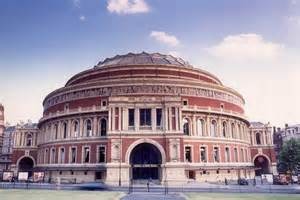
Royal Albert Hall
Ida never imagined playing in the Royal Albert Hall—the pinnacle for an artist. In 1948 she was engaged to perform a recital in that hallowed space. During her long career she appeared more than 60 times at the Proms held there.
In 1940 she became an exclusive Decca recording artist, one of the first classical artists in the company’s history. Although Haendel found recording clinical, austere and not gratifying in the way that playing for audiences is, (she regarded performing live as a collaboration with the listeners, which allows for spontaneity and freshness of interpretation,) Ida believed that music should be available as broadly as possible to the public.
Despite her many recordings she was unknown outside of the UK due to the war. In 1946, Haendel finally was able to come to America. Not until 1957 did she play on THE stage—Carnegie Hall, with pianist Arthur Balsom.
Haendel admits today that the life of a soloist is a lonely one. She never married. Her family bolstered her and it was Ida’s sister who had the jitters, “I have to take a pill when she plays…yes I am very nervous.”
Ida Voyage of Music part 5 letter from Sibelius
Haendel is probably the last of that magnificent generation of violinists. Her performance of the Sibelius Concerto elicited a fan letter from its composer: “I congratulate you on the great success, but most of all I congratulate myself, that my concerto has found an interpreter of your rare standard.” With a formidable technique and astounding expressivity, Haendel played flawlessly into her eighties. “Music is part of everything…We never finish learning. Every day is a day of discovery and I see no existence without music.”
Fortunately there are several fascinating documentaries about her life as well as her recordings to relish.
I am the violin documentary Part 1 filmed when Haendel was around the age of 80
Part 2

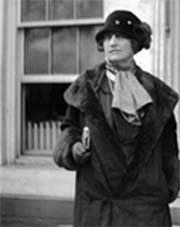
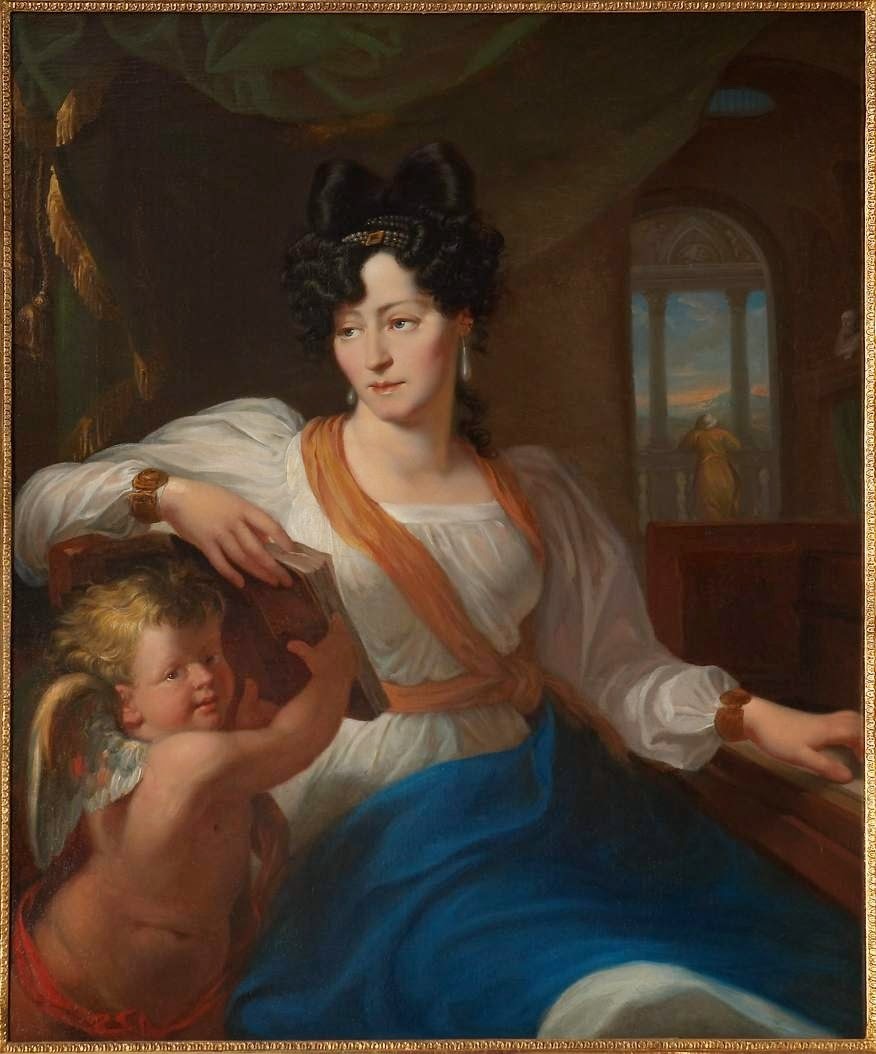
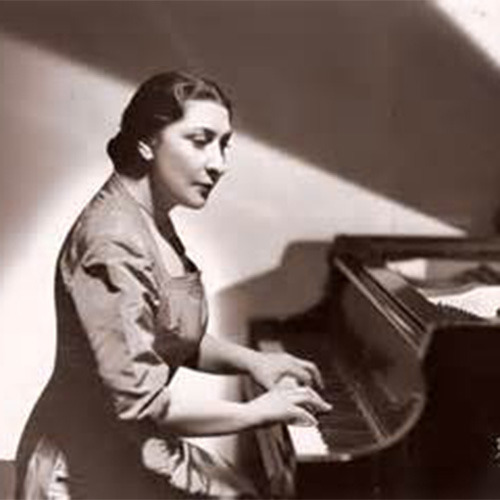




This is a wonderful number, full of stories, videos, so intelligently produced. I remember seeing, hearing Ida Haendel at the Royal Festival Hall, London in the seventies. Unforgettable.